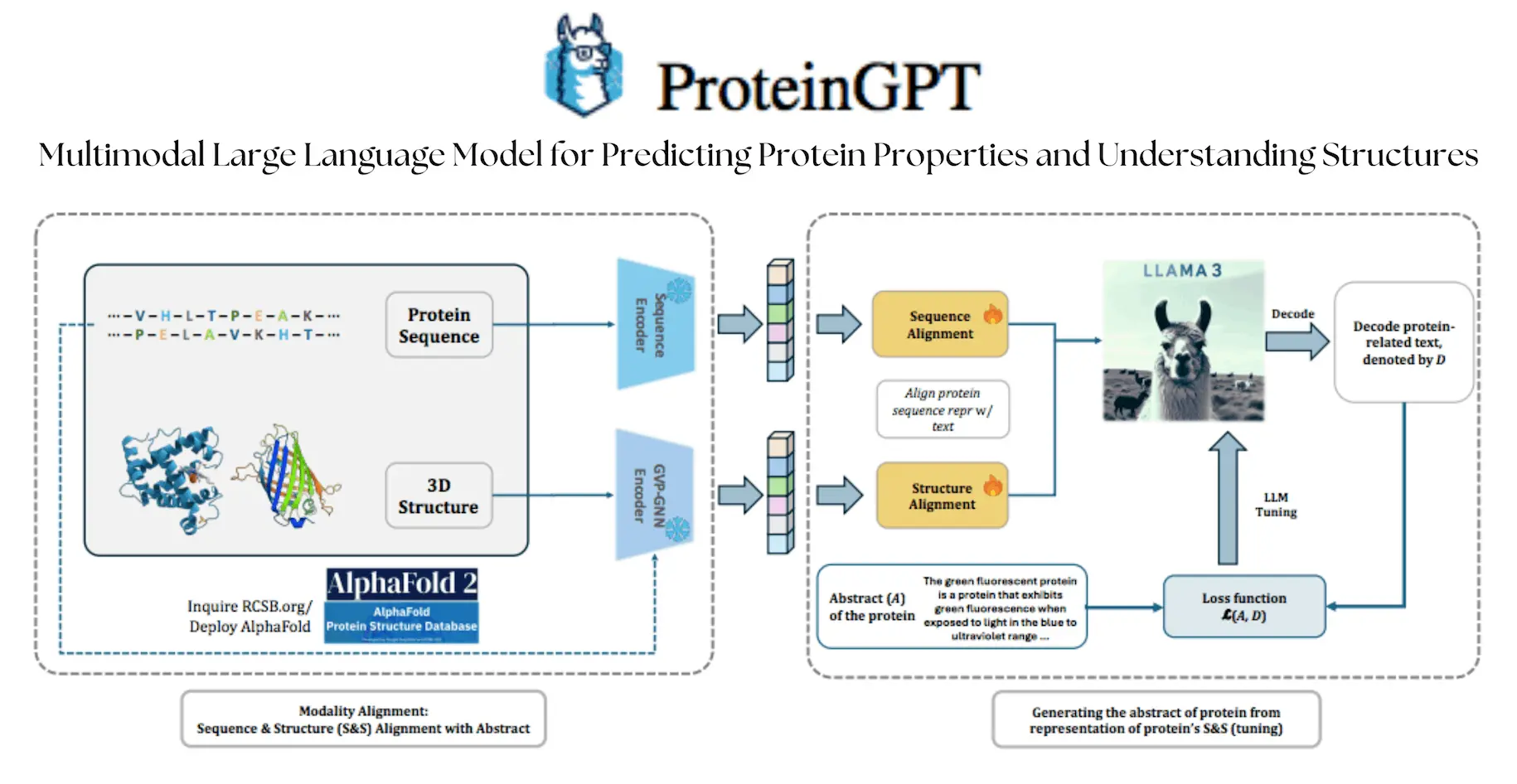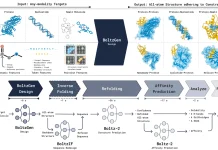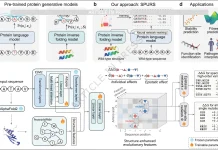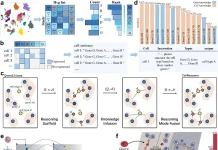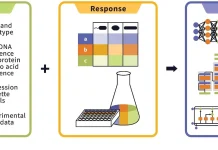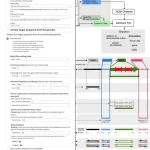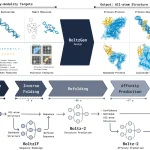ProteinGPT was developed jointly by specialists from the University of California in Los Angeles and the Georgia Institute of Technology and Meta AI. The model is performed on the transformer framework, which has been proven to work on numerous natural language processing applications. As the information revolution progressed within the past few decades, the focus on the correlation between artificial intelligence AI and biology increased dramatically. One of them is ProteinGPT, a transformer-based language model, which is capable of extended text generation and comprehension while dealing with proteins and their related actions.
Proteins are the crucial components in all living systems. They complete several physiological and structural workings, including metabolism acceleration, track maintenance, and stability. Knowledge about the biopolymers’ relationships concerning their structure and arrangement is crucial in research on drugs, materials science, and bioengineering.
How Does It Work?
ProteinGPT is a system that utilizes large language models and adds protein domain knowledge to it. The working procedure can be described as follows:
Data Preparation:
- Protein Dataset: ProteinGPT comes with large datasets of proteins that include protein sequence as well as protein structure. These datasets incorporate any given protein amino acid sequence and its 3D configuration, among others.
- Modality Alignment: The model encodes both protein sequence and structure into text. This makes it possible to inter-relate different types of data and comprehend the interactions within them.
Model Architecture:
- Protein Sequence Encoder: It captures the amino acid sequence of the protein and determines its composition and possible attributes.
- Protein Structure Encoder: This component interprets the 3-dimensional configuration of the respective protein whereby the structural arrangement of amino acid interaction and possible functional regions are investigated.
- Projection Layer: This layer enables the relationship between the sequence and structure encoders and the text that embeds these two perspectives to be established to enhance the learning environment.
- Large Language Model (LLM): The LLM will answer any user question by applying the combined protein sequence and structure information.
Training Process:
- Modality Alignment: The model attempts to correlate the protein sequence and structure data with the corresponding text. This means expanding the range of vision and learning to combine multiple kinds of data under one vertical.
- Instruction Tuning: The dataset consists of questions and answers related to the protein sufficient to train LLM. This improves the relevance and informativeness of the model while addressing questions posed by users.
Prediction and Understanding:
- Property Prediction: Everyone expects the provision of a certain protein sequence or structure, and in return, the user is provided with the property of that particular protein, its function, stability, binding affinity, etc., by ProteinGPT.
- Structure Understanding: Focusing on the basic concept of the challenged protein, the model is also helpful in understanding proteins, including key residue position mappings, the interactions between each part of the protein, and possibly active sites.
Applications of ProteinGPT
The potential scope of the ProteinGPT technological application is vast. It can be used to:
- Estimating the function of proteins is important because every activity in the cell is associated with the protein.
- Generate new proteins that have particular designed characteristics. Such development could lead to the production and innovation of different drugs, new materials, and biomolecules.
- Explain pathogenetic mechanisms; new formulations for diseases can emerge from this knowledge.
- Enhance the predictive power of methods for structure determination of proteins. Other models that focus on structural prediction may also be incorporated into constructing ProteinGPT.
Advantages of ProteinGPT
ProteinGPT addresses some of the shortcomings found with other techniques used in predicting the properties and structures of proteins. These include
- Accuracy: ProteinGPT is very accurate when it comes to performing predictions on protein properties.
- Efficiency: The high throughput features of ProteinGPt allow for the use of many protein datasets.
- Versatility: Several applications of ProteinGPT can be employed, including protein function inference, structure prediction, and de novo design of proteins.
Conclusion
ProteinGPT, a revolutionary multimodal large language model, is a leap toward better protein research. It is easier to understand why this tool will have multifaceted applications, as it facilitates the prediction of protein functionality and the understanding of the protein structure.
Because of combining protein sequence and protein structure information, ProteinGPT helps comprehensively study the nature of proteins and discover new opportunities for innovation in drug design, material science, and biotechnology. It is indeed a very powerful tool that will help simplify protein design processes and accelerate research activities.
With the further and more rigorous development of Protein GPT, there is no doubt it will be an essential tool for every scientist around the world. New strides in protein understanding will provide an unprecedented opportunity for the use of proteins, therefore assisting in making significant breakthroughs in many branches of science.
Let’s discuss it! Share your insights and experiences with ProteinGPT in the comments below.
FAQs
A: ProteinGPT is used via the web interface or the application programming interface (API). You can input information regarding protein sequences or structures, and the tool will give you the needed information.
A: About your proteins-related questions, you can also ask ProteinGPT the following questions:
What is the function of this protein?
What is the structure of this protein?
Are there mutations present in this protein that render it functionally deficient?
Does this protein show any therapeutic potential?
A: Speeding up protein research through automation of processes, accurate predictions, and more efficient data mining, among others. It can enable researchers to cut down on time and costs and make such breakthroughs.
A: ProteinGPT utilizes LLMs in tandem with other modalities, which offers several benefits like A more accurate prediction of the outcome, the ability to construct complex protein structures, Collaboration with other bioinformatics tools, and lastly, a simple interface.
Article Source: Reference Paper
Important Note: bioRiv releases preprints that have not yet undergone peer review. As a result, it is important to note that these papers should not be considered conclusive evidence, nor should they be used to direct clinical practice or influence health-related behavior. It is also important to understand that the information presented in these papers is not yet considered established or confirmed.
Follow Us!
Learn More:
Anchal is a consulting scientific writing intern at CBIRT with a passion for bioinformatics and its miracles. She is pursuing an MTech in Bioinformatics from Delhi Technological University, Delhi. Through engaging prose, she invites readers to explore the captivating world of bioinformatics, showcasing its groundbreaking contributions to understanding the mysteries of life. Besides science, she enjoys reading and painting.

